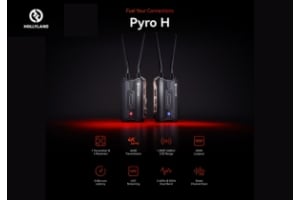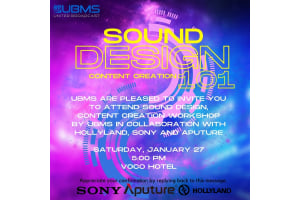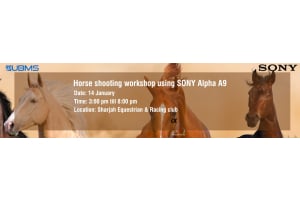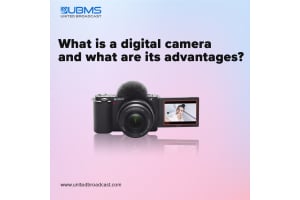The Art of Low-Light Videography with Sony Cameras

Shooting video in low light can be challenging, but with the right tools and techniques, you can capture amazing footage even in the darkest of environments. Sony cameras are renowned for their low-light capabilities, and with a few tips and tricks, you can take your low-light videography to the next level.
-
Use Fast Lenses
One of the keys to low-light videography is using fast lenses. A fast lens has a wide maximum aperture, which allows more light to enter the camera sensor. This is especially important in low-light conditions, where there is limited ambient light available.
Sony offers a range of fast lenses that are perfect for low-light videography. The Sony FE 24mm f/1.4 GM, for example, has a maximum aperture of f/1.4, making it an excellent choice for low-light shooting.
-
Use a High ISO Setting
ISO refers to the sensitivity of the camera sensor to light. A higher ISO setting means that the camera is more sensitive to light and can capture more detail in low-light conditions. However, using a high ISO setting can also introduce noise and grain in the footage.
Sony cameras are known for their excellent high-ISO performance, and many models can handle ISO settings up to 12800 or even higher. To balance noise and detail, experiment with different ISO settings in your experience.
-
Use a Stabilizer
Low-light videography often requires slower shutter speeds to capture enough light, which can lead to camera shake and blurry footage. Using a stabilizer can help to reduce camera shake and produce smoother, more accurate shots with professional footage.
Sony offers a range of stabilizers, including gimbals and steady cams, that are designed to work with their cameras. Alternatively, you can also use in-camera stabilization features, such as Sony's SteadyShot technology, to reduce camera shake.
-
Shoot in RAW
Shooting in RAW format allows you to capture more data from the camera sensor, which gives you more flexibility in post-production. RAW files are larger than JPEG files, but they contain more information, allowing you to adjust exposure, color balance, and other settings without losing quality.
Sony cameras support RAW shooting, and many models also offer a range of picture profiles and color grading options to help you achieve the look you want.
-
Use Manual Focus
To prevent blurry footage in low-light settings, it is advisable to use manual focus as autofocus may face difficulties in capturing the subject. Using manual focus can give you more control over the focus and ensure that your subject is sharp and in focus.
Sony cameras offer a range of manual focus options, including focus peaking and magnification, which make it easier to achieve precise focus even in low-light conditions.
In conclusion
Low-light videography can be a challenging task, but with the right tools and techniques, you can capture stunning footage even in the darkest environments. Sony cameras are well-known for their exceptional low-light capabilities, and with the tips and tricks outlined above, you can take your low-light videography to the next level. By using fast lenses, high ISO settings, stabilizers, shooting in RAW, and manual focus, you can create professional-looking footage that stands out from the crowd. With these tools and techniques, the possibilities for low-light videography are endless.
Sources:
- https://nofilmschool.com/low-light-video-tips
- https://www.provideomaker.net/guides/low-light-videography-tips-tricks-and-techniques/
- https://www.sony.com/en-mb/electronics/camera/articles/low-light-photography-tips-mastering-the-dark-with-your-sony-camera












